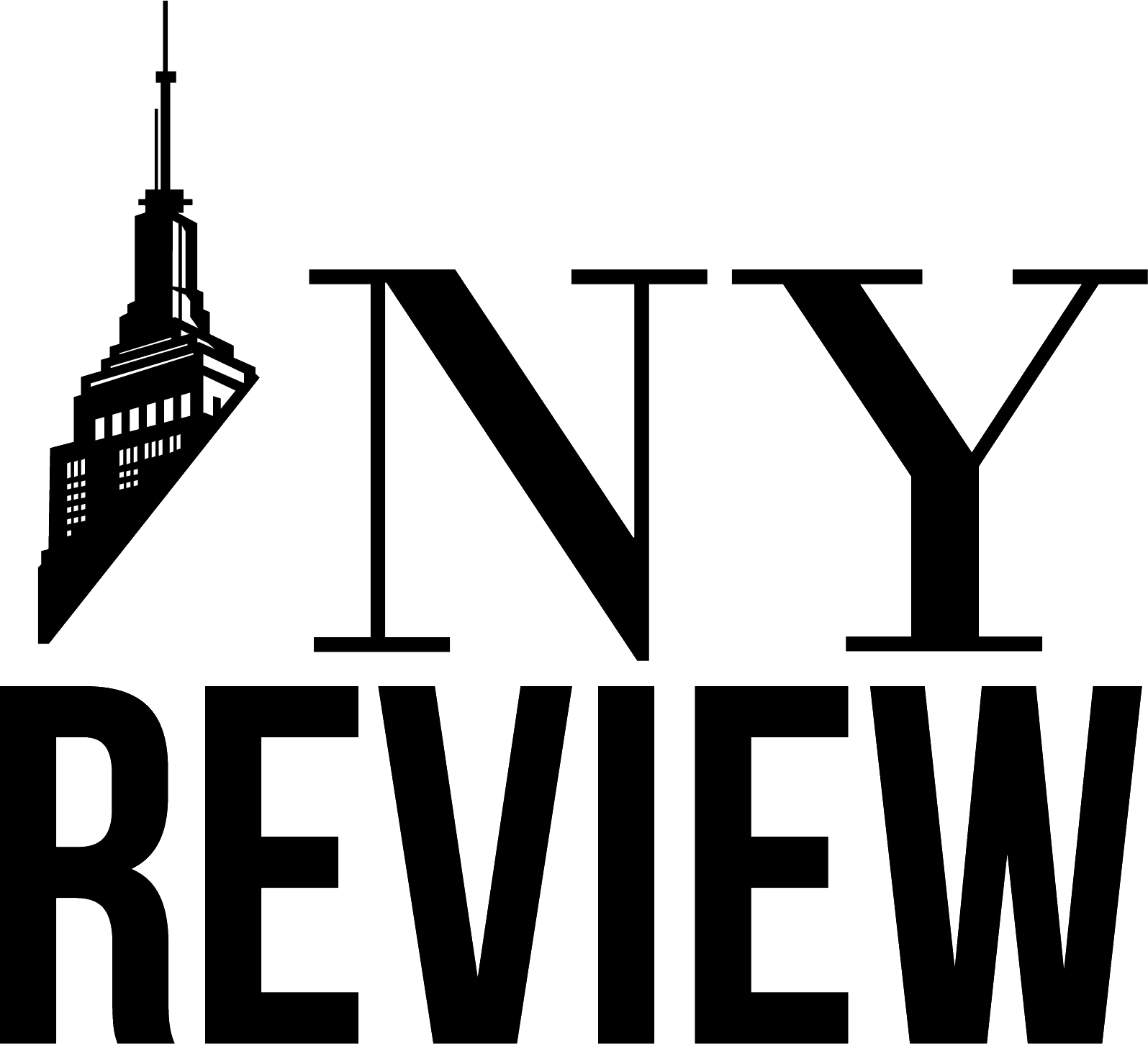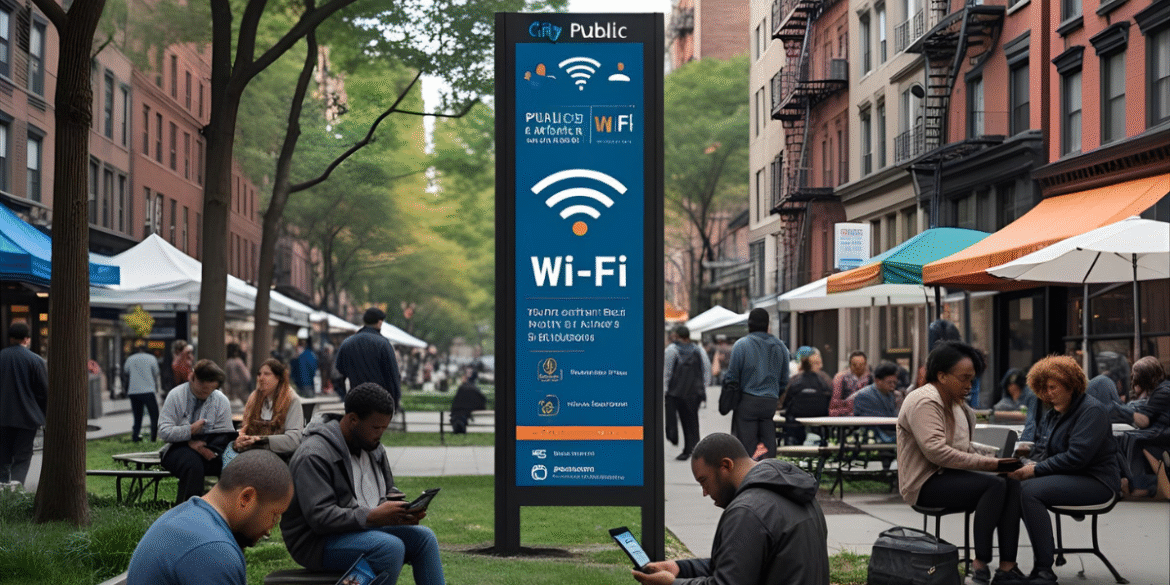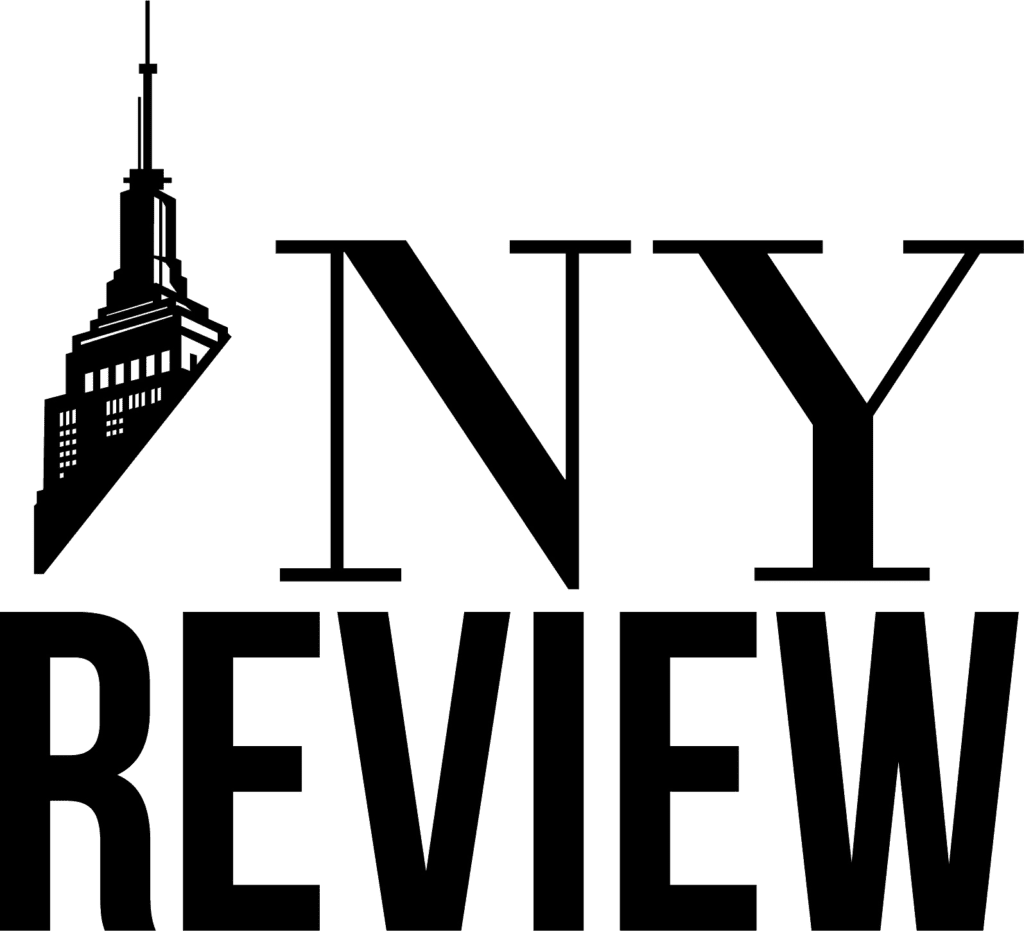New York City is set to make history this August with the launch of its long-anticipated Expanded High-Speed Internet Initiative, an ambitious effort aimed at bridging the digital divide across the five boroughs. The program promises to deliver free or affordable, high-speed internet access to millions of residents, with a focus on underserved communities, public housing residents, and local schools.
This initiative underscores the city’s commitment to ensuring that everyone—regardless of income or background—has equal access to the digital world and the wealth of opportunities that the internet provides. From education and healthcare to remote work and civic engagement, access to high-speed internet has become an essential part of daily life. The rollout is expected to be transformative for the city’s most vulnerable populations, ensuring that New Yorkers can fully participate in an increasingly digital society.
A Vision for Digital Equity
The Expanded High-Speed Internet Initiative comes as part of a broader push to ensure digital inclusion in a city where access to technology often correlates with socioeconomic status. Mayor Eric Adams spoke at the program’s announcement, highlighting its far-reaching impact.
“By ensuring all New Yorkers have access to the digital tools they need, we are empowering communities and creating a more equitable city for the future,” Adams remarked. The mayor’s words reflected the city’s recognition of the significant role that technology plays in everything from job opportunities to healthcare access.
While the initiative is primarily focused on low-income households, its scope extends to public housing residents, schools, and public spaces across the city, ensuring that residents who might otherwise struggle to afford broadband services are no longer left behind.
Key Features of the Expanded Internet Initiative
- Affordable Internet Access: The program will offer free or significantly reduced-cost internet subscriptions to residents living in low-income households and public housing.
- Public Wi-Fi Upgrades: Public parks and city spaces will see expanded Wi-Fi connectivity, making the internet accessible to everyone who uses public spaces in the city.
- Enhanced School Connectivity: Schools will benefit from faster, more reliable internet, empowering students and teachers to leverage digital tools for education more effectively.
- Broad Bandwidth: The program will roll out next-generation broadband speeds, providing users with fast, uninterrupted access to the internet, no matter where they live.
Expanding Access to Underserved Communities
The initiative is particularly targeted at neighborhoods in the outer boroughs—areas that have historically faced barriers to internet access. Many residents in these communities rely on limited broadband options or expensive internet providers, making it difficult for them to stay connected.
The program aims to change that by partnering with local internet service providers to create a more competitive, affordable market. In doing so, it seeks to make digital access as ubiquitous as the city’s iconic yellow cabs.
“Ensuring our most underserved communities have the tools they need is not just about connecting to the internet. It’s about opening up opportunities for education, job training, and more,” said Jelani Cobb, a professor at Columbia University and advocate for digital equity. “New York City is setting a new standard for what digital inclusion should look like.”
A Global Model for Digital Inclusion
Experts believe that New York City’s expansive approach could become a blueprint for other major U.S. cities. As municipalities across the nation struggle with the growing digital divide, New York’s initiative could serve as a roadmap for bridging gaps in access, especially in areas where internet service providers have historically failed to meet demand.
“I think this is a game-changer,” said Sarah Smith, a technology policy expert based in Washington, D.C. “New York is showing that digital inclusion isn’t just a luxury; it’s a necessity. The city’s forward-thinking approach could inspire others to take similar action.”
This initiative, with its mix of public-private partnerships and community-driven solutions, places New York at the forefront of digital equity efforts. Its success could pave the way for similar programs in cities like Los Angeles, Chicago, and Houston, where access to reliable internet remains a significant challenge for many residents.
Public Spaces and Parks Benefit from New Wi-Fi Access
In addition to offering home-based services, the program also focuses on extending internet access to public parks and outdoor spaces across the city. This move will ensure that New Yorkers can stay connected while enjoying the city’s green spaces, and could prove crucial for those without home internet access who rely on public spaces for connectivity.
“This is more than just internet; it’s about connecting New Yorkers with each other and the world around them,” said Rachel Wong, director of community outreach for the initiative. “Having free, reliable internet in parks, libraries, and community centers means everyone has the chance to succeed, no matter their zip code.”
The Future of the Digital Divide
As the initiative prepares for its August 2024 launch, city officials are confident that the program will help close the digital divide and provide a more connected and equitable future for all New Yorkers. With public Wi-Fi in parks, home broadband for low-income families, and faster internet access for schools, the program’s comprehensive approach could set the stage for more inclusive urban infrastructure in the years to come.
It remains to be seen whether the model can be replicated at scale, but experts agree that New York’s commitment to digital equity could mark a significant turning point in the ongoing fight against the digital divide.
Key Takeaways:
- New York City’s Expanded High-Speed Internet Initiative will provide free or low-cost internet access to millions of residents, with a focus on low-income households, public housing, and schools.
- The program will upgrade public Wi-Fi in parks and public spaces, making New York one of the most digitally connected cities.
- The initiative is a model for digital inclusion in cities across the U.S., providing a roadmap for expanding broadband access.
- New York City’s ambitious initiative could help close the digital divide, especially for underserved communities and those who have traditionally lacked reliable internet access.
As the city gears up for its rollout in August, one thing is clear: digital equity is no longer a distant goal for New York, but a tangible reality for millions of residents who will soon have access to the opportunities that high-speed internet brings.


